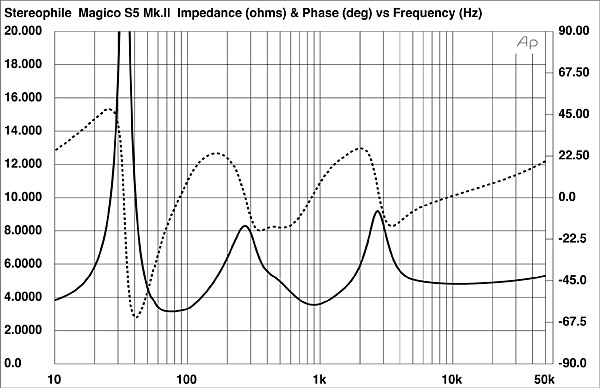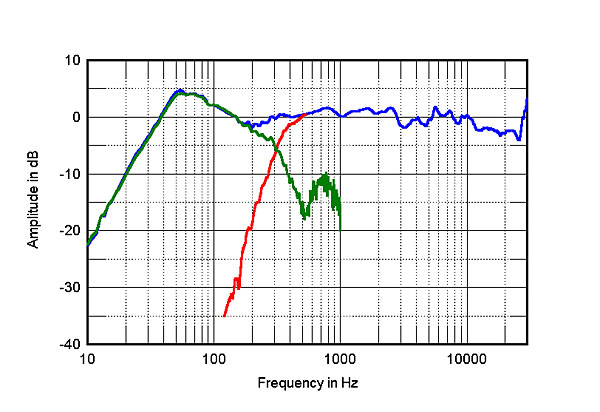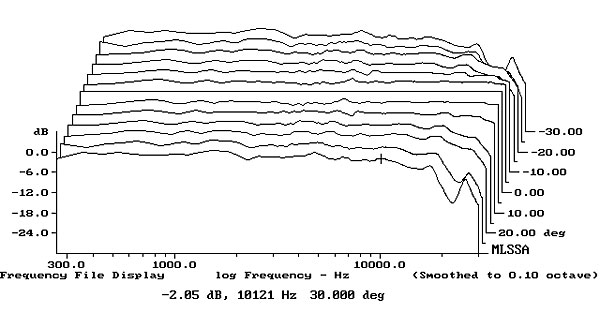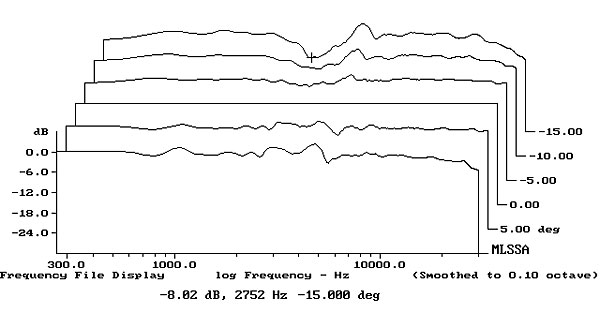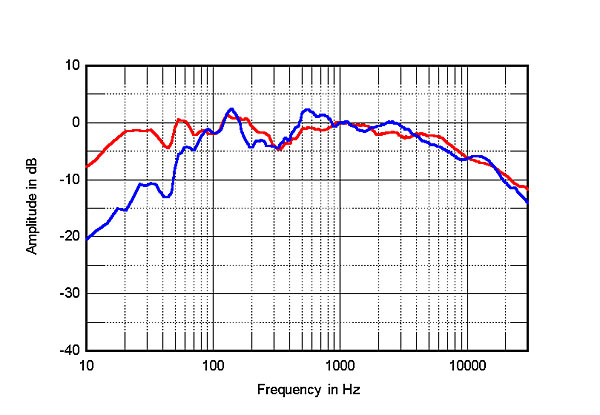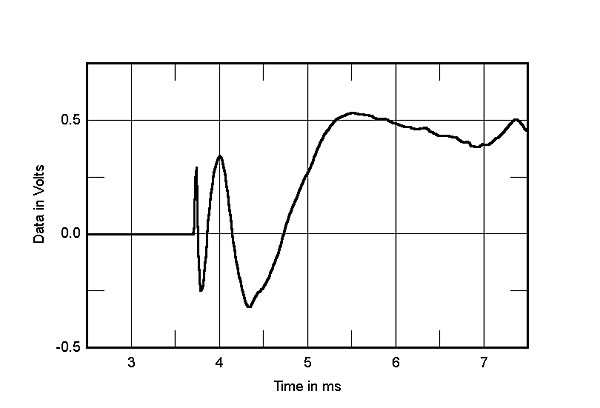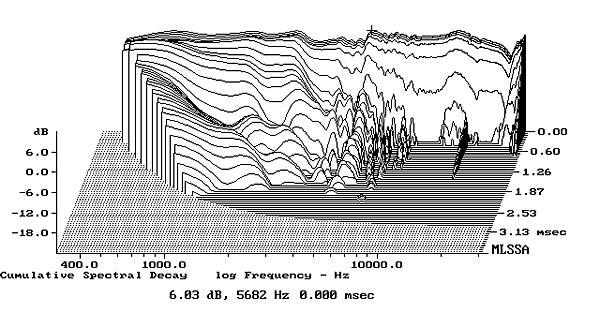| Columns Retired Columns & Blogs |
I heard these speakers at a show and was impressed. These speakers, while out of my price range for sure, have kept a lid on price (albeit a high one), and are a product that is chock-full of technology and thoughtful engineering.
The remarks from the manufacturer in this review are reminiscent of the first review I read of the late great Magico Mini. To quote this early review, and the same open disclosure exhibited in this review of the S5: "His [Alon's] ingredients and assembly protocol are an open book. You know exactly what you're getting and how it works." I could be wrong, but I don't recall many other speaker manufacturers who provide as many technical insights into their expensive products as does Magico. This review shows a continuation of this "open book" approach to Magico's engineering and design process.
Another question I'd pose is that Magico seems to be consistent in its use of advanced materials (and aluminum) for its drivers. These materials would seem to be durable and long-lasting, in addition to their acoustic properties. Other manufacturers, meanwhile, are going back to paper and textiles (the materials of the past, whatever positive traits they have as transducers). We need more information on what the expected longevity of materials is for expensive speakers. The purchasers of these high investment products must be asking these questions if I am.
Still, this was a fine review. The Magico product I am most curious to see tested is the Q1 stand-mount. The Magico Mini (or Mini II) never seems to have made it to a full test bench. Perhaps Stereophile can test the Q1 at some point.
Here's the link for the early review of the first generation Mini. The listening room pictures featured in this article stand among the most memorable ones I've seen:
http://www.6moons.com/audioreviews/magico/mini.html
Here's a video clip for the Q1 from a RMAF of a few years ago:
https://www.youtube.com/watch?v=LeRO_piB4lU
If anyone has a video clip of the MIni or Mini II, please post it.
